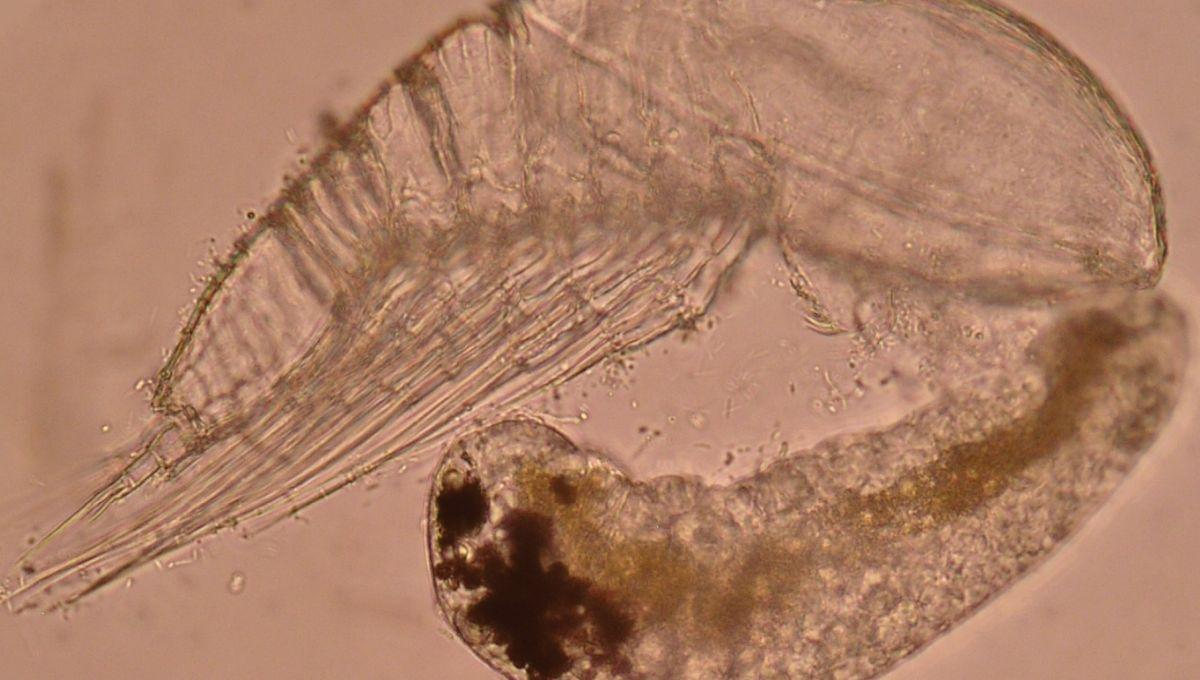Anyone Know What These Marine “Y-Larvae” Grow Into? Because Scientists Have No Clue

Anyone Know What These Marine “Y-Larvae” Grow Into? Because Scientists Have No Clue
Meet the Facetotectans, a group of tiny crustaceans that have been raising big questions among biologists. These are the larvae, the juvenile form of this organism. We know how this story goes: larvae metamorphose into adults, sometimes undergoing spectacular changes – tadpoles into frogs, caterpillars into butterflies. The only problem with Facetotectans is that we have absolutely no idea what their adult form even is.
The rest of this article is behind a paywall. Please sign in or subscribe to access the full content. Also known as “y-larvae”, these miniature marine creatures closely resemble young barnacles. Famed for decorating the hulls of ships, rocks, and flotsam, barnacles’ sedentary adulthood is preceded by a larval phase during which they can freely swim around. They might seem like passive hitchhikers, simply attaching themselves to a surface and chilling there for the remainder of their lives, doing no harm to anyone, but some barnacle species take things a step further. By attaching themselves to other organisms and hijacking them in a range of bizarre ways, they act as parasites. “We know the […] parasitic barnacles do weird things,” said James Bernot, assistant professor at the University of Connecticut and coauthor of a new paper, in a statement. “The ones that grow like roots inside of crabs castrate their hosts, so their hosts are no longer able to reproduce. They trick their hosts into thinking that the host is pregnant, so it starts taking care of this mass that grows outside of its body, but that mass is part of the barnacle and not actually the eggs of the host, and even if they infect a male crab, the male crab becomes feminized and starts behaving like a pregnant female crab.” Could it be that the mysterious y-larvae are doing something similar? It would, of course, help if we knew just a little bit more about them. There are just 17 formally described species, but recent sampling expeditions in Japan have revealed tons of new ones. And though they’ve been studied for over two centuries, that elusive adult form is still yet to be seen by scientists. Bernot and the rest of the study team went looking for clues in y-larva genetics, collecting and sampling the transcriptomes of over 3,000 individuals. It turns out, they really are weirdos. “We were finally able to confirm, in the realm of big data science, that they are, in fact, related to barnacles, but they aren’t closely related to any of the other parasitic barnacles,” said Bernot. Despite being merely “distant cousins” of the barnacles, according to Bernot, there are some indications that y-larvae may be parasitic too. “One of the best pieces of evidence we have that y-larvae become parasitic is that if we expose them to crustacean growth hormone, they will hatch out of their little swimming larval shape into a small slug-like body, which is similar to what parasitic barnacles do when they enter a host.” The "slug-like thing" referred to by Bernot, photographed in a previous paper. “The fact that if we give them hormones, they also molt into a slug-like thing, suggests they go on to be parasitic somewhere, but we still don’t know what host they end up in,” Bernot continued. “Being hidden inside another animal’s body could explain why we haven’t found the adult stage of y-larvae yet.” The mysteries persist. Bernot believes that y-larvae and parasite barnacles evolved their peculiar life strategies independently from each other, making this an example of convergent evolution. The team now want to build an evolutionary tree of all the barnacles to try and figure out how this group of organisms ended up developing so many varied lifestyles. “These animals have been around for hundreds of millions of years and there are several thousand species of them, so they have come up with some really amazing solutions to complex problems,” Bernot said, some of which humans may benefit from too. Barnacle-inspired superglue, anyone? The study is published in the journal Current Biology.


